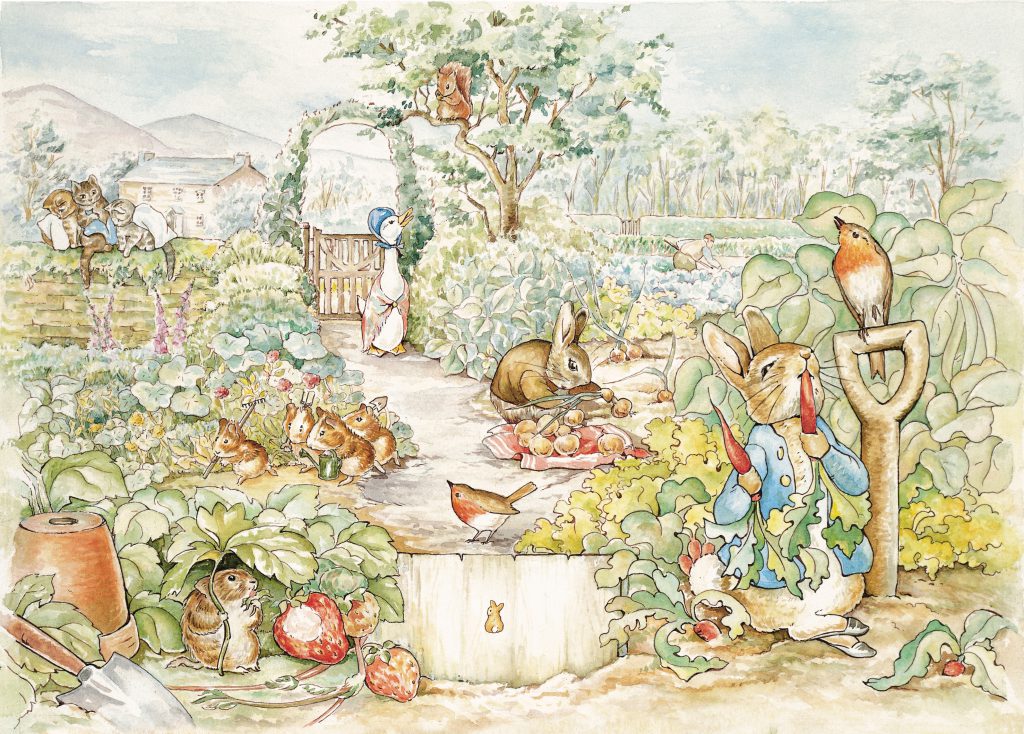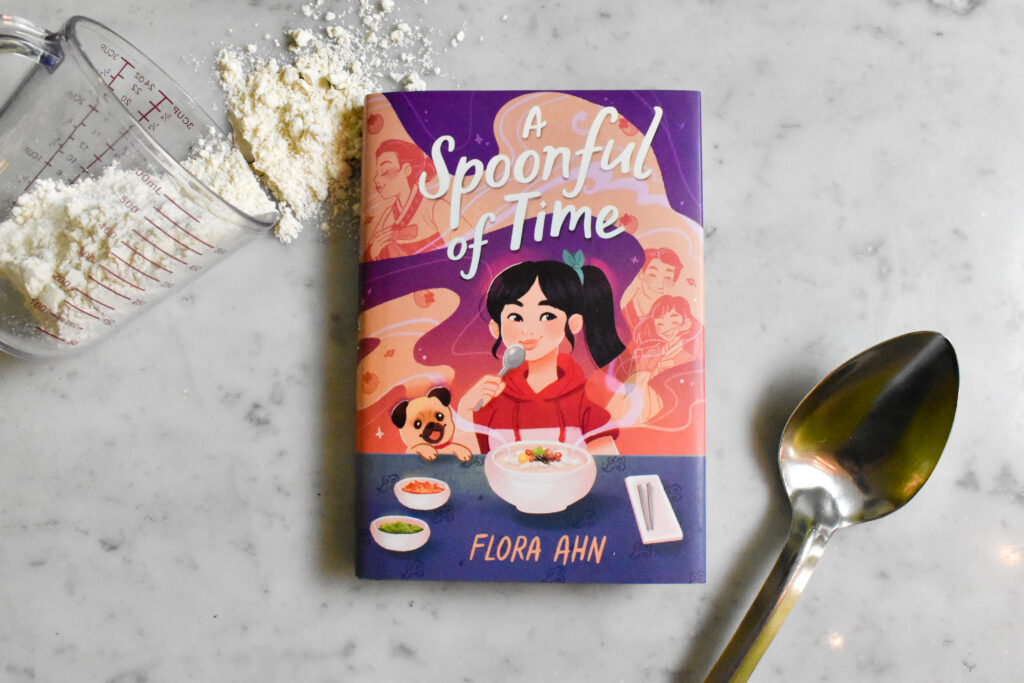For those that love words and those that love food, the combination is heaven. I first learned how literary food could make my mouth water and tongue slurp like Wile E. Coyote through Dr. Seuss. Green Eggs and Ham, man. Then, I remember reading how Edmund couldn’t resist Turkish Delights and loved how an author could make a sugary treat sound so tempting. I don’t need that much convincing, but it’s always pleasant to experience lovely language mixed with food. Preview: Dainty slapjacks garnished with honey and puddings made of delightful creaminess.
In short I became very ravenous, especially for pudding, figuring out which literary recipes to present. You might too.
1. Turkish Delight (The Lion, the Witch and the Wardrobe): In The Lion, the Witch and the Wardrobe, Edmund inhaled the Snow Queen’s Turkish Delight (pictured above!) and betrayed his siblings! Then, he had the gall to ask for more. Sheesh.
Turkish Delight is comprised of sugar, gelatin, water, and cornstarch, and it is commonly flavored with rosewater, lemon or mint. History says a Turkish man named Bekir Effendi, who opened up a confectionary shop in Istanbul in 1776, unveiled the delicacy in his sweet boutique. Legend has it that an Englishman stumbled upon the treat and began shipping cases back to Britain calling it “Turkish Delight.”
Soon, it became a ritual among socialites to exchange Turkish Delights wrapped in silk handkerchiefs as gifts. [
Recipe]
2. Pickled Limes (Little Women): The youngest sister, Amy, in Louis May Alcott’s Little Women was crazy for pickled limes. Pickles limes were the iPhones of today, the Tamagotchis and Pogs of the nineties.
“Why, you see, the girls are always buying them, and unless you want to be thought mean, you must do it too. It’s nothing but limes now, for everyone is sucking them in their desks in schooltime, and trading them off for pencils, bead rings, paper dolls, or something else, at recess. If one girl likes another, she gives her a lime. If she’s mad with her, she eats one before her face, and doesn’t offer even a suck.”
So, you see, anyone who is anyone eats pickled limes. [
Recipe]
3. Ichabod’s Slapjacks (Legend of Sleepy Hollow): The Legend of Sleepy Hollow may be open for interpretation, but pancakes are not! Ichabod may have been a fool about the true nature of the headless horsemen, but he knew a fine stack of slapjacks when he saw it. And, he appreciated the hand that buttered them. Get in the mood for fall food with this passage:
“As Ichabod jogged slowly on his way, his eye, ever open to every symptom of culinary abundance, ranged with delight over the treasures of jolly autumn. On all sides he beheld vast stores of apples, some hanging in oppressive opulence on the trees, some gathered into baskets and barrels for the market, others heaped up in rich piles for the cider press. Farther on he beheld great fields of Indian corn, with its golden ears peeping from hasty pudding; and the yellow pumpkins lying beneath them, turning up their fair round bellies to the sun, and giving ample prospects of the most luxurious of pies; and anon he passed the fragrant buckwheat fields, breathing the odor of the beehive, and as he beheld them, soft anticipations stole over his mind of dainty slapjacks, well buttered and garnished with honey or treacle, by the delicate little dimpled hand of Katrina Van Tassel.” [
Recipe]
4. Crab Casserole (The Hours): The Hours, by Michael Cunningham, reveals one day in the lives of three characters, much like Virginia Woolf’s Mrs. Dalloway (the book reflected in the The Hours) covers a solitary day. Condensing action in a short period of time allows the reader to reflect on how characters navigate through a day’s ups and downs and what their responses say about their whole lives. For Clarissa Dalloway, preparing a crab casserole as a gift for her friend Richard shows her nurturing spirit and love for him and his favorite dish, which they both refer to as the “crab thing.” [
Recipe]
5. Green Eggs and Ham (Green Eggs and Ham): The book contains only fifty words due to a bet with Seuss’ publisher that he could write a book for children under 225 words (Cat in the Hat word count). The recipe contains seven: ham, eggs, green food coloring, cooking oil.
For true Seuss enthusiasts, try this recipe inside of a box and call it a day. Also,
this exists. [
Recipe]
7. Fried Green Tomatoes at the Whistle Stop Café (Fried Green Tomatoes): In Fannie Flagg’s novel, the Whistle Stop Café in Whistle Stop, Alabama is known for its fried green tomatoes. Ninny Threadgoode, an elderly woman living in a nursing home, tells her stories of yesteryear, recounting tales of people she used to know and the succulent fried tomatoes she used to chomp on. This is a great snack for out-of-season tomatoes and the tomato lovers in your life. [
Recipe]
8. Queen of Puddings (Ulysses): If James Joyce wrote recipes, I’d never eat. I’d be too caught up in romance, eating violet petals instead of dinner, to focus on the next step. Take his description of Gerty’s food predicament for instance.
“… for Gerty was womanly wise and knew that a mere man liked that feeling of hominess. Her griddlecakes done to a golden-brown hue and queen Ann’s pudding of delightful creaminess had won golden opinions from all because she had a lucky hand also for lighting a fire, dredge in the fine self-raising flour and always stir in the same directions, then cream the milk and sugar and whisk well the whites of eggs though she didn’t like the eating part when there were many people that made her shy and often she wondered why you couldn’t eat something poetical like violets or roses…”
“Aunt Petunia’s masterpiece of a pudding, the mountain of cream and sugared violets, was floating up near the ceiling.”
Now, J.K. Rowling did not impart this recipe verbatim, so this is a recipe for a Strawberry Trifle, a traditional British dessert. As long as it doesn’t land on your head, like it did Harry’s, you’re in good shape. [
Recipe]
10. Boeuf en Daube (To the Lighthouse): If you happen to be burdened by large helpings of meat and don’t know what to do with it all, then this recipe inspired by Virginia Woolf’s To the Lighthouse is right up your alley. Considered one of the best English novels of the 20 th century, To the Lighthouse is a glimpse into Woolf’s vivid imagination. Her ability to shape thoughts through words is beautiful; she’s a true artist of language, even when describing meat. But, listen to Ginny and don’t overcook!
“The beef, the bayleaf, and the wine –all must be done to a turn. To keep it waiting was out of the question.” [
Recipe]







